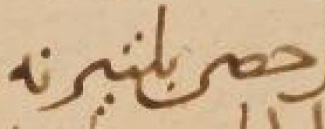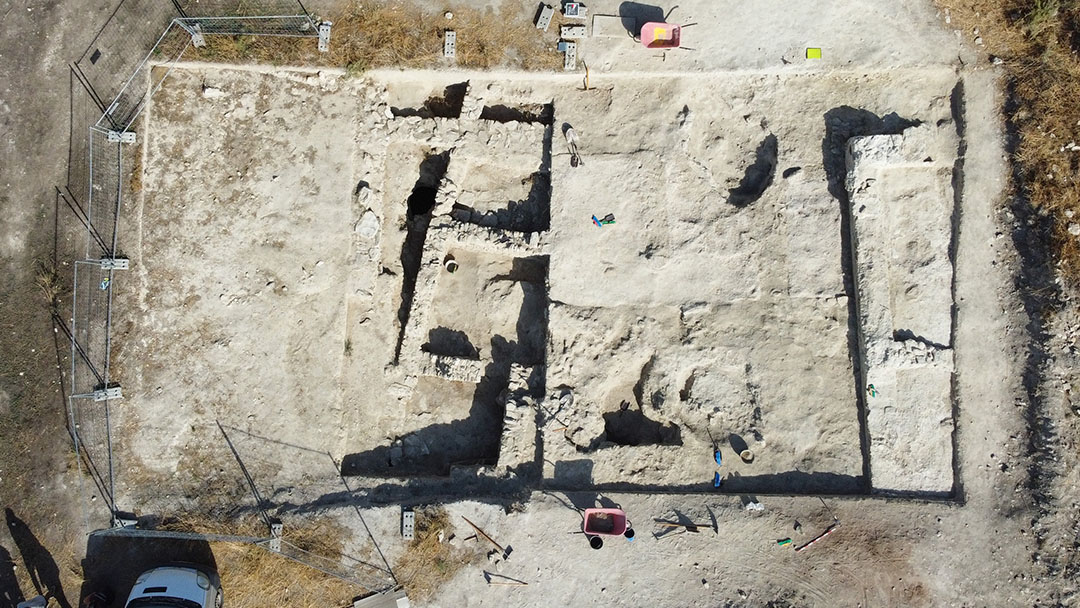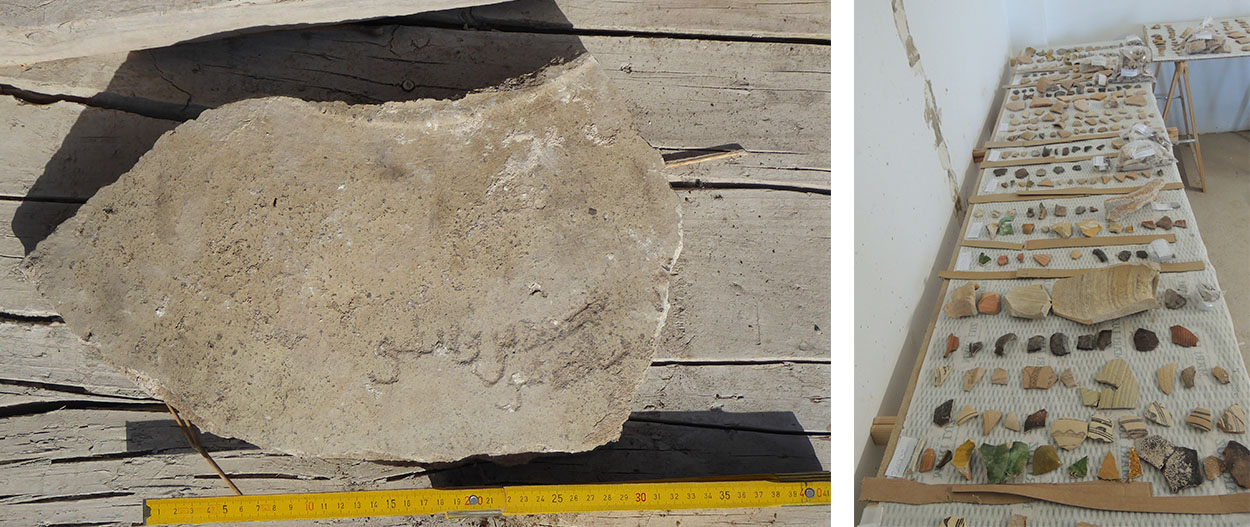Under the direction of Jesús Lorenzo Jiménez and archaeologists Juan José Bienes and Óscar Sola, the excavation of Valtierra contributes to the issues analysed by project CONNECT from a material record perspective. The site, which is dated to the emirate period, at the latest, is situated right in the frontier between al-Andalus and Christian territory. The site also affords the possibility of observing the reorganisation of the territory after the Christian conquest, which involved new conditions of – unequal – coexistence between Basque-and Romance-speaking Christian and Arabic-speaking Muslim groups.
The municipality of Valtierra is located in the Navarrese Ribera, barely 15 km from Tudela, in the alluvial plain formed by the Ebro River. Archaeological sites in the area date back to the Iron Age, and its importance during the Roman period is also attested by several sites. During the Andalusi period, the area was part of the hinterland of Tudela, to the north, and wavered between Christian and Muslim control throughout the 10th and 11th centuries. The earliest mention of the toponym Valtierra – as Baltīra (بلتيرة) – features in a 10th century Andalusi chronicle.

The area was lost for good for al-Andalus with the Aragonese conquest of 1118, when it came under Navarrese-Aragonese control; after the separation of both kingdoms, in 1134, the area became part of the Kingdom of Navarre.
In 2019, Juan José Bienes and Óscar Sola undertook a geophysical survey on the flat plateau that towers over the historical centre of Valtierra, which is known as “the castle of Valtierra”, although no visible remains justify the toponym. The GPR, however, proved that popular memory was not without foundation, when it revealed the presence of architectural features underground. The survey was followed by the excavation of several soundings, which reached the earliest walls, dated, based on the ceramic record, to the 9th century, that is, the emirate period.
In 2020, the University of the Basque Country, through project CONNECT, and Valtierra’s city council began negotiating a collaborative project that crystallised with the signing of an agreement in 2022. Among other things, this has allowed students from UPV/EHU to take part in the archaeological works

The works are directed by the two archaeologists hired by the council, Juan José Bienes and Óscar Sola, and by Jesús Lorenzo Jiménez, lecturer at the Philology and History Department, UPV/EHU, and member of project CONNECT. The students receive practical and theoretical training in all excavation techniques (methodology, stratigraphy, processing of pottery, etc.), in what is a clear bid for the formation of future archaeologists.

To date, four excavation seasons have been undertaken, which have resulted in the identification of an Andalusi settlement dated, at the latest, to the emirate period (9th century). The settlement currently appears to follow the model presented by other rural enclaves in the Ebro valley, especially Sillas de Marcén, Huesca: several houses separated by well-defined streets on a flat hilltop – i.e. easily defensible – situated high above the agricultural areas down in the alluvial plain. The study of the agricultural areas will be tackled in 2023 from a landscape archaeology perspective. One of the most outstanding finds to date is an incised inscription on a vase, which is currently under study.

No less interesting is observing the evolution of the site after the feudal conquest, because all the evidence suggests a radical change in its arrangement, including the levelling out of the existing houses and the deposition of substantial fills to build a new settlement, the orientation of which was different from that of the Andalusi village. This has led to the preservation of the walls of the earlier settlement, with walls standing up to around 1 m tall, and the stratigraphic sequence that reveals the different phases undergone by the village prior to the Christian conquest. The coffered walls found in the NW sector of the plateau have been dated to the feudal period. Although the role played by these features remain unclear, everything suggests that they were part of a perimeter wall around the hill’s summit.
Future plans include continuing with the excavation of this exceptional site, in order to better understand the Andalusi habitat and its evolution during the feudal period. Second, we shall address the study of the site in its geographical context, from a landscape archaeology perspective.